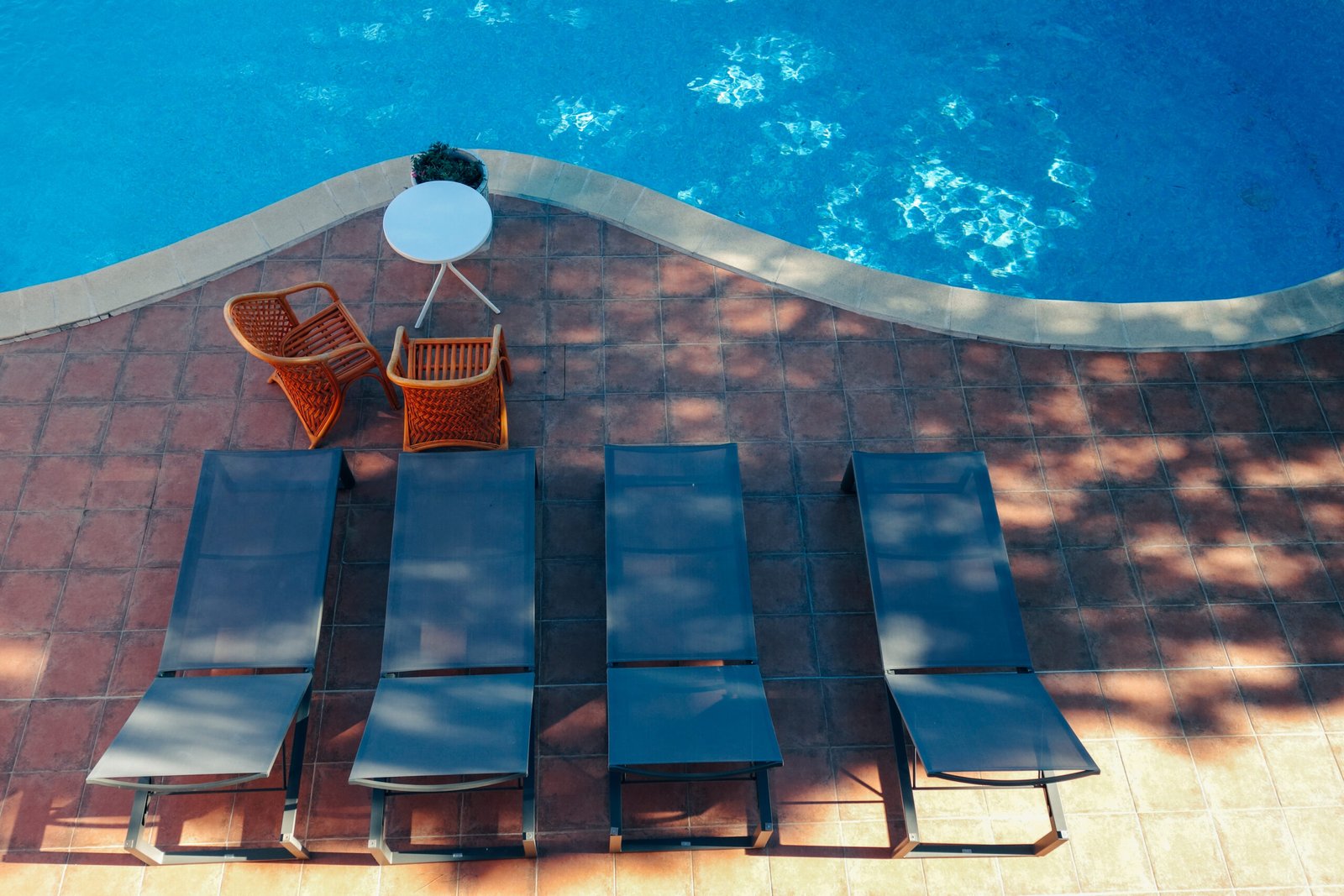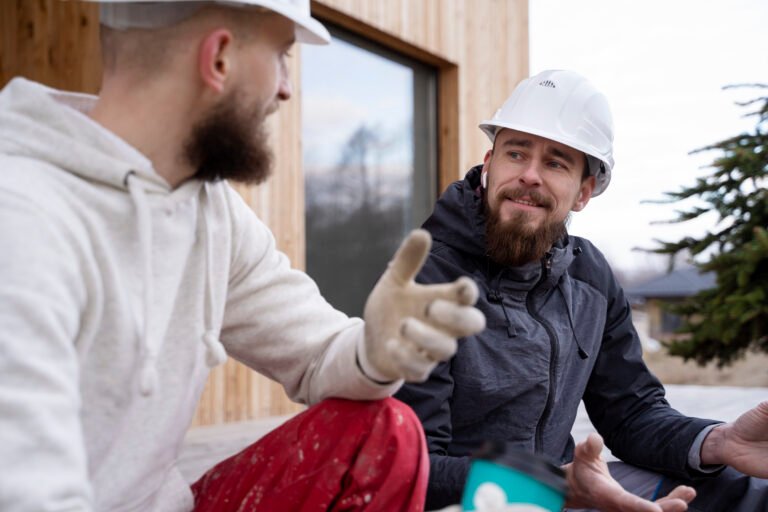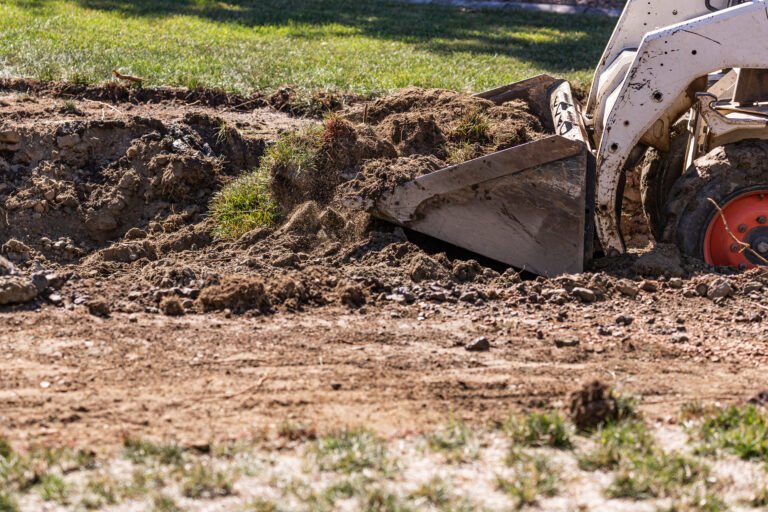Backyard Pool Design and Maintenance Tips: Enhancing Your Outdoor Oasis
A backyard pool can significantly enhance the relaxation and enjoyment of any outdoor space. Selecting the right pool design is crucial, as it should complement both the topography of the yard and the lifestyle of the homeowner. Careful consideration of the pool’s shape, size, and position ensures that it becomes a harmonious part of the overall landscape. Such integration not only optimizes the use of available space but also adds to the aesthetic appeal and functionality of the recreational area.
Maintaining a backyard pool is equally as important as its design. Regular maintenance ensures the pool remains a safe and inviting place for leisure activities. Balancing the water chemistry, cleaning the pool surfaces, and ensuring the proper functioning of filtration systems are key aspects of pool care. These tasks, when performed routinely, prevent common problems such as algae growth and equipment failure, thus prolonging the pool’s life and the enjoyment it provides.
With a focus on both design and upkeep, homeowners can achieve a backyard pool that offers an oasis of tranquility and entertainment. Aspects such as the integration with existing landscaping, the customization based on personal preferences, and the adherence to safety standards are integral to creating an ideal aquatic retreat. When these elements are carefully balanced, the backyard pool becomes not just a feature of the home, but a centerpiece that provides endless hours of joy for friends and family.
Designing Your Pool
When embarking on pool design, it is essential to understand the different pool types available and how to balance aesthetics with functionality, considering the specific space and topography of the backyard.
Understanding Pool Types
Pool types range from in-ground to above-ground options, each with unique materials like fiberglass, vinyl, or concrete. In-ground pools such as infinity edge pools, lap pools, and plunge pools offer a permanent, elegant feature suited for spacious yards. Above-ground pools provide a cost-effective and flexible alternative for tighter spaces. For topographical challenges, companies specializing in excavation and grading can be consulted to prepare the site.
Incorporating Aesthetics and Functionality
A well-designed pool marries aesthetics with functionality, creating a cohesive outdoor living space. Consider incorporating Mediterranean design elements like mosaic tiles or a classic infinity edge pool to evoke luxury. Practical features like lighting for nighttime swimming, a variety of seating options, and efficient landscaping around the pool deck elevate both the look and usability of the pool area. A well-planned design considers the pool as the centerpiece of backyard space, making it a seamless extension of the outdoor living concept.
Considering Space and Topography
The available backyard space and topography greatly influence pool design. Careful planning can accommodate most yards, using hardscaping to address uneven grounds or incorporating decks and waterfalls to enhance visual interest. While designing, keep in mind the cost to build a pool and future maintenance. If demolishing an existing structure is necessary, professional services that specialize in pool demolition can be reputable choices. It is important to plan thoroughly, taking into account the natural landscape for a design that fits harmoniously within the existing yard environment.
Pool Maintenance Essentials
Maintaining a pool requires attention to detail and a consistent approach to ensure water quality and safety. Ongoing pool maintenance is essential for a pristine pool experience, inviting for family and friends.
Regular Cleaning and Upkeep
To prevent algae and bacteria from taking hold, regular cleaning of the pool’s surfaces and water is essential. Pool owners should:
- Skim the surface daily using a skimmer net to remove leaves and debris.
- Brush the pool walls and floor weekly to keep surfaces clean.
- Vacuum the pool using an automatic or manual pool vacuum to eliminate settled dirt and debris.
Water Chemistry and Balance
Keeping the water chemistry balanced is critical for a healthy swimming environment. Important parameters to regularly check include:
- pH Levels: Ideal range is between 7.2 and 7.8.
- Chlorine: Necessary for sanitizing the pool; levels should typically be between 1-3 ppm.
- Total Alkalinity: Helps stabilize pH levels; aim for 80-120 ppm.
- Calcium Hardness: Should be kept between 200-400 ppm to protect pool surfaces and equipment.
A regular schedule of testing water chemistry helps in maintaining the perfect balance.
Equipment and Energy Efficiency
Energy efficiency and proper equipment function go hand in hand with pool maintenance. Pool owners ought to:
- Inspect and clean filters; cartridge filters should be rinsed clean and replaced when necessary.
- Check the pump and ensure it’s operating correctly; maintenance schedules vary by manufacturer and should be adhered to.
- Employ a pool cover to reduce energy costs associated with heating and lessen the amount of debris entering the pool.
A diligent approach to equipment maintenance can result in significant energy savings and prolong the lifespan of the pool.







